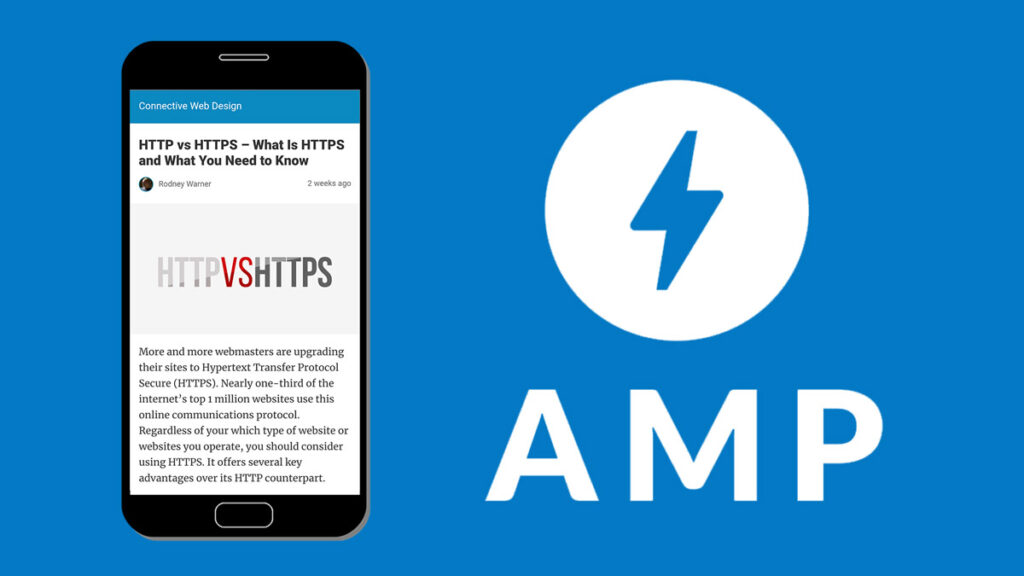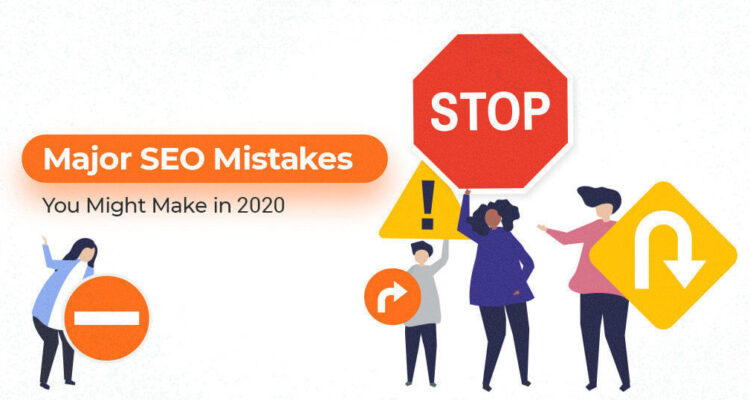It audited the top 30 sites on Google for the highly competitive query “digital marketing agency.” The site of the authors of the study was also included in the sample.
The quality of optimization was assessed based on a wide range of factors, from page load speed to potential domain blocking threats. The findings were disappointing: significant SEO flaws were found in at least 70% of agencies.
Let’s look at the five most basic mistakes and figure out how not to repeat them on your website.
1 Slow download speed

Page speed was measured using the Google Page Speed Insights tool. It has a conditional 100-point scale, where the result 90-100 means high, 50-89 – medium, and 0-49 – low speed. The vast majority of agencies scored a maximum of 41 points.
It is noteworthy that the sample’s slowest sites ended up in a search on the first page. Loading speed remains a factor in the ranking of sites in Google and, most likely, in Bing. It is evident that now its weight in the final assessment is not too great.
However, this does not mean that SEO specialists can ignore it. For 70% of users, slow downloads can be a reason to abandon a purchase. Then even getting to the top of the search results will not return lost conversions.
A useful guide to speeding up your website is available here. Among the main measures:
- hosting quality check
- reducing the number of Java scripts
- combining CSS styles
- removal of “heavy” plugins
- data caching
- applying AMP and Turbo pages
2 Lack of internal links

Amazingly, 63% of agencies don’t use internal links on their site at all! Although for SEO, they present several advantages:
- increase link weight
- simplify indexing by indicating the structure of the site
- increase the relevance of the page to the request
- improve usability
Thus, internal links influence several factors of page ranking at once. Logically, most of the sites that neglect them were found only on the third SERP. It is paradoxical against the general background that agencies with high-quality content marketing and lack of links within posts look.
An excellent guide to internal linking is posted here. Links that are used on sites to improve usability and improve learn SEO course in Lahore and all search engine updates, and if you are already running up your website, you’re able to make sure that everything is working smoothly and then of the following types:
- HTML sitemap leading to all existing pages
- end-to-end: site and external resource navigation located on each page
- recommendatory: blocks “may be interesting”, “they usually buy with this” on product cards or under articles
- tags for navigation between similar content
- contextual links within the text
- Breadcrumbs – the path from the main page to the current one
Anchor text, which denotes links, is indexed by search engines as critical key phrases. Think in advance about the anchors’ content on each page to optimize them for the right words.
Next, it is worth clustering them to distribute the semantic core between the pages of the site.
3 Extra pages in the index
URLs drop out in search in 57% of the studied agencies, which should not be there. For example, blank pages, individual images, thank you text for submitting a form, etc. The problem occurs in 70% of the second and 75% of the third SERP. It was easy to find it using the “site:” command in the Google search bar.
During the analysis, the authors of the study found more than 60 pages of themselves indexed by mistake. This says only one thing: regular auditing of indexed URLs will not hurt anyone. In Google Webmaster, you can see their list in the Pages in Search report of the Indexing block. Google Search Console also has an indexing report.
However, it may not display all URLs. If your site contains more than 500 pages, Google recommends using the “site: example.com” command in your search. Remember to use the no index Meta tag in the future on pages that should not be crawled by search engine bots.
4 Low-informative content
Pages with irrelevant and uninformative content and its complete absence were found in 52% of the brands studied. A third of the third search page domains have them, and only 13% of the domains on the first. The authors of the study concluded that getting rid of such content is one of the easiest ways to rise in the SERP for small and young agencies.
Ideally, the keyword-optimized text should be on every page. However, if this is a site for a store of radio parts or fasteners, thoughtful copywriting on each product card would be redundant. Nevertheless, a minimum of original introductory text is still needed there: it helps search engines understand that the page has value and is relevant to users.
5 Poor keyword optimization
47% of agencies have not fully optimized their site for the keywords they need. The most common mistake is the lack of synonyms for the main keyword, especially in the H1 headers. For example, a PR agency uses only the phrase “digital PR” in headlines, forgetting about “PR services” and “PR agency” itself. Google has failed to determine what the content is about – definition of a term, PR training, or services in this area.
The problem can be solved by LSI copywriting, which uses, in addition to the primary keys, related and synonymous phrases. You can check the frequency of requests with the Wordstat parser and divide the core by pages with the clustering function.
Today, search engines are more critical about the content and value than their content with keywords.
Conclusions:
Other errors identified in the study include:
- Meta tag issues (20% of brands).
- Non-original content (27%).
- Low inbound link quality (33%).
So, even seasoned and features of SEO marketing agencies often end up as shoemakers without boots.
To avoid repeating their mistakes, check your site against this checklist:
- loading speed – at least 60 points on the Google Page Speed Insights scale;
- presence of an HTML sitemap;
- thoughtful meta tags;
- the existence of internal linking pages;
- quality external links;
- no extra pages in the search engine index;
- original relevant content on each page;
- Texts are optimized for basic and synonymous queries.
Have some Thoughts? Let me know in the comments.









